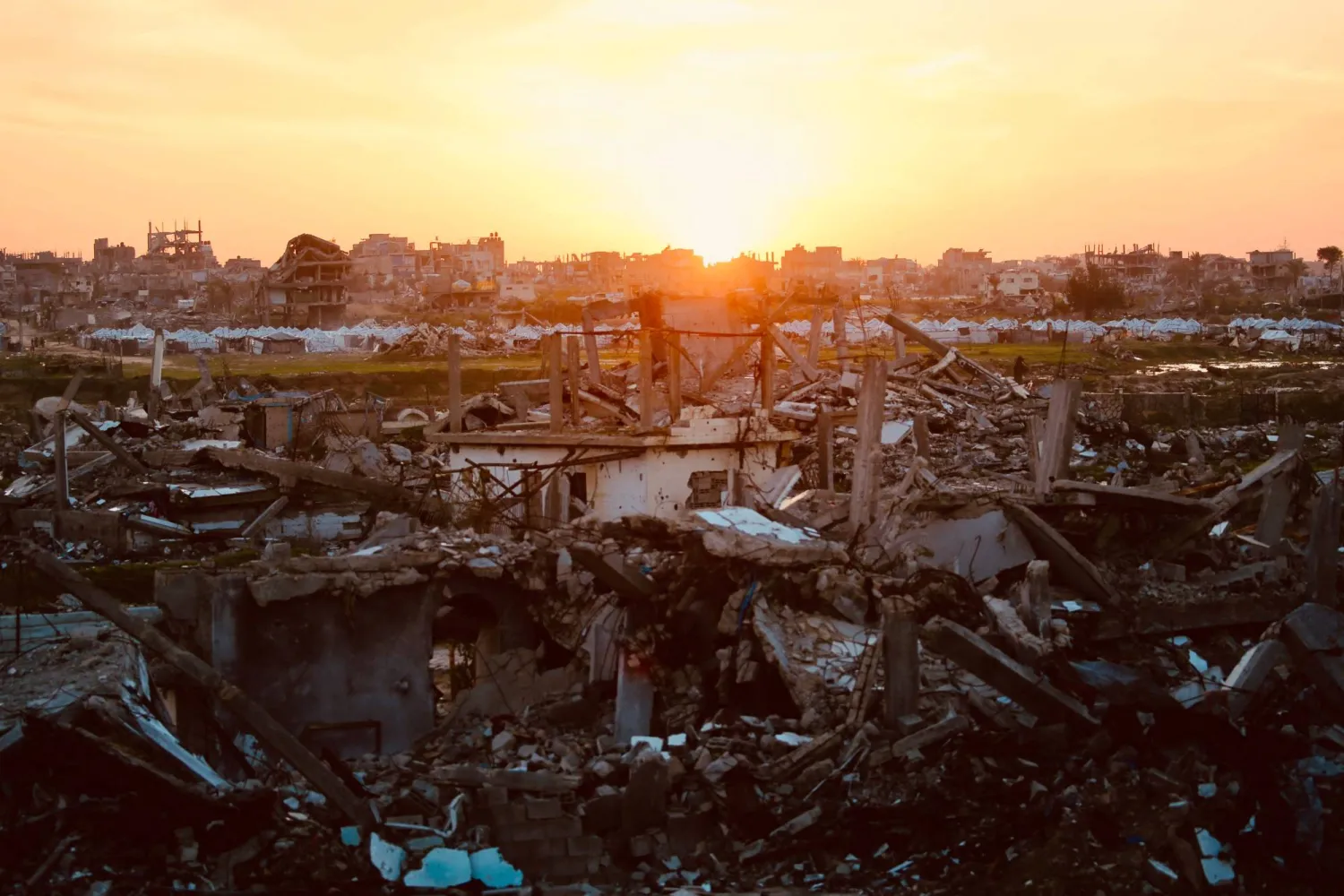Agricultural experts in Tunisia have predicted that the country’s upcoming crop yield is anticipated to be a maximum of 2.5 million quintals of grain, a significant drop from the 7.4 million quintals harvested during the previous agricultural season.
This outcome is one of the poorest in the last decade, as the production rate has typically ranged between 12 to 16 million quintals of grain per season.
Sources have confirmed that the damage will be significant, with 60% of agricultural land allocated for various types of grain cultivation being affected to varying degrees. Tunisian farmers are in urgent need of government support to combat the years-long wave of drought currently affecting the country.
Mohamed Rajayebia, a member of the executive bureau of the Tunisian Union of Agriculture and Fisheries, confirmed that the decline in grain production comes against the backdrop of continuing temperature rises witnessed by Tunisia during the last days of March.
According to Rajayebia, the main grain-producing regions in Tunisia, including the provinces of Béja, Jendouba, Bizerte, and the Sahel region of Kairouan, have been negatively affected by the lack of rainfall and the recent rise in temperature.
This may increase the possibility of higher imports to meet local demand, even though there are difficulties in obtaining grains and their derivatives from the Ukrainian market due to the ongoing war.
Observers of Tunisia's current farming season results have warned that the grain harvest this season will barely be enough to provide seeds for the 2023-2024 farming season.
They estimate that Tunisia needs two million quintals of seeds for the next season, as around 95% of the country’s major crops depend on rainfall.
Government and private organizations are working on finding solutions to this problem, which threatens food security and is causing a continuing decrease in grain production from one season to another.
According to agricultural expert Hamadi Bou Bakri, the Tunisian state imports between 65% and 70% of its local grain needs every year, relying on seasonal national production between 30% and 50%.
“This season it will be very difficult to reach these percentages, considering that we may only be able to collect 2.5 million quintals of grains,” said Bakri.
Tunisia’s annual grain needs are estimated to be at least 32 million quintals, with about half typically met by domestic production.
However, this season’s need for imports is expected to be “unprecedented,” resulting in additional expenses in hard currency for the state treasury.









